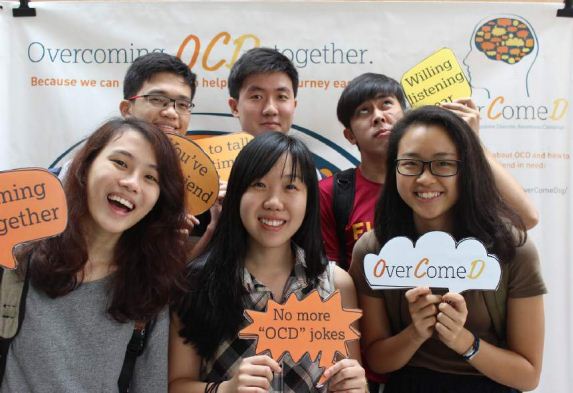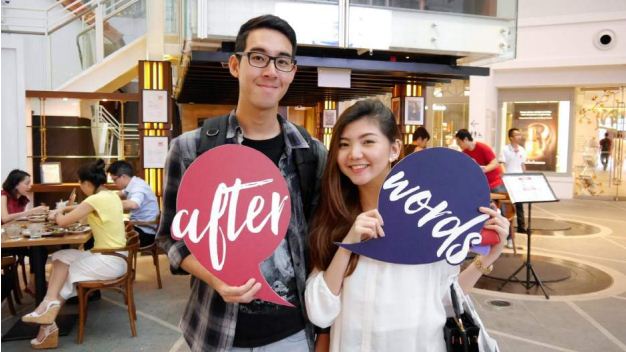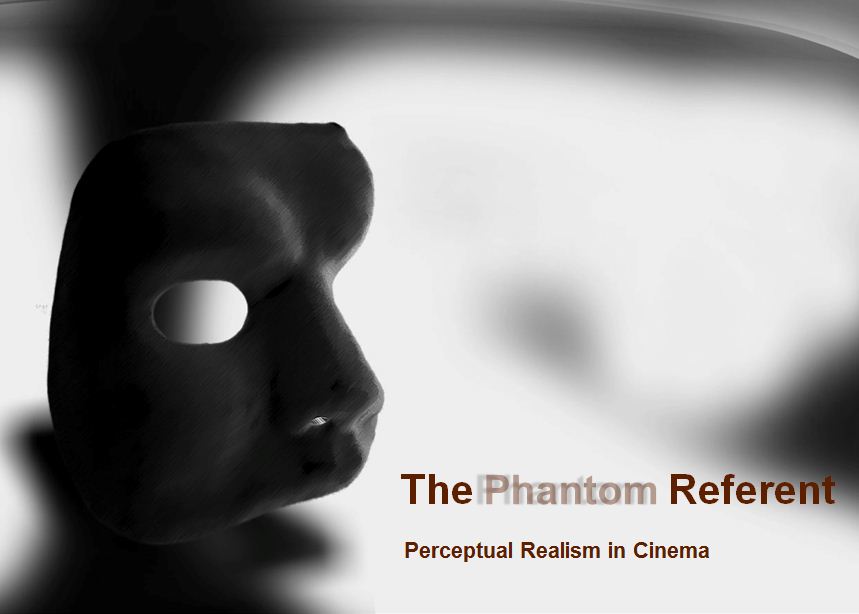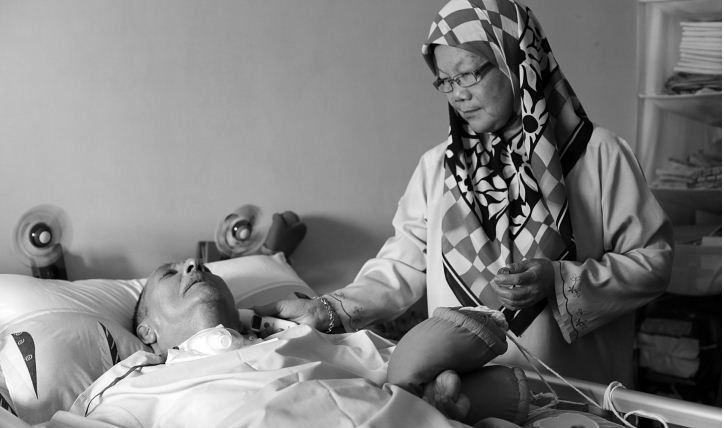Authors
Rebecca Faith Iskandar Tjoa Shu Fei, Rahimah Beghum Bte Abdul Rashith
Supervisor
Asst Prof Debbie Goh Pei Chin
Year
2016
Abstract
An aging population without the caregivers to match. Singapore is ageing at an unprecedented rate. There is a lot of talk about letting the elderly lead a more dignified life but largely absent from the conversation are the people who support these seniors.
People who are not dying but still battle sickness around them each day. People who worry about the health of others as their own. People who are caregivers of the elderly. These are not the healthcare professionals who spend years in training but every day people who dedicate years of their lives to caring for their loved ones as age catches on. Caregivers are women, men, daughters, sons, in-laws, spouses, maids, friends, colleagues and family members, who are pillars of support in times of their loved ones’ old age. Yet, each faces unique hurdles in his or her circumstances.
Half a century of increasing life expectancy has spread the weight of caring for a growing number of elderly over the smaller families of today. Caregivers are stretched thin as family sizes shrink and some become the default choice as caregiver in the family. They can feel like a population abandoned— aching bodies, lost time, vanishing savings— they shoulder the burden of looking after their loved ones, ignoring the strain on their own backs. In return, they lose out at work, miss important social gatherings and worse, neglect their own needs.
As a modern society entrenched in conservative values, it has become shameful to ask for help. Ageing issues are kept behind closed doors even as families struggle to cope with caring for their elders.
In this research, the project team spoke to experts, counsellors and researchers, and gathered stories of caregivers who shared their trials and tribulations, strength and sorrows. Here are the stories.
Click link to view
http://hdl.handle.net/10356/66686




























































